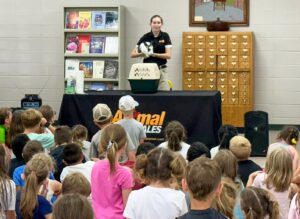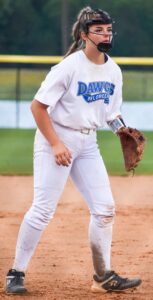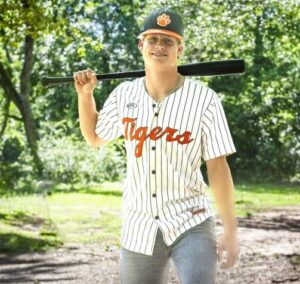A roadmap to an underwater world
By Staff
(Editor's note: This is the first in a series of monthly columns by 14-time BASS Masters Classic Qualifier and 1991 BASS Masters Classic Champion Ken Cook. Among the many fishing techniques that Cook demonstrates and teaches to anglers around the country, one of his favorites involves fish finders and the importance of being familiar with your electronics while in the pursuit of big fish.)
My goal as a professional angler has always been helping others enjoy the sport of fishing so that we can be stronger in our efforts to preserve the fishing environment.
Throughout my 20-plus years of professional fishing I have discovered one sure way to accomplish this goal.
Any guesses? The one constant answer is to help others become more productive anglers. In return they are more compelled to do what they can to protect the longevity of the sport.
One of the best ways to teach people to become more productive on the water is to make sure they are familiar with their equipment.
Familiarization with equipment can save time. Instead of spending all your time looking for fish you'll spend more time catching them. A fish finder is the perfect example.
When most people take to the water their fish finder's sole function is to reveal the location of fish. But in reality a fish finder is so much more. A fish finder – when properly used – acts as a roadmap to a fish's environment. I started using the Bottom Line NCC 5300 depth finder/GPS Unit in 2000. I have never found a navigational aid as user-friendly as this one. It has the best fish/structure finding software I have ever seen. It reads the bottom in less than two feet of water and at 70 mph better than any other unit. The ability to accurately distinguish between soft and hard bottoms as well as easily identify underwater structures is a feature many beginning anglers might easily overlook.
Fish are affected by underwater structure such as trees, weeds, rocks, and drop-offs, current, sunlight and wind. The ability to view these structures can make a big difference in your anchoring decisions and techniques along with your bait selection. Mud and vegetation on the bottom absorb and scatter the sonar signal, which reduces the strength of the return echo. Harder bottoms of shale, rock or coral easily reflect the sonar signal. The difference is easily identifiable on your screen. A soft bottom shows as a thin line across the screen while a hard bottom shows as a wide line on the sonar's screen.
The absence of fish in an area does not mean anglers should dismiss the types of underwater structures that are visible on the screen.
During competition I always make sure to note where I have found structures that would make good fish habitats. As the course of the tournament rolls on I will often revisit these spots when on the previous day no fish were visible. Changes in water temperature, times of the year and a fish's life cycle all play an important role in identifying the best underwater locations.
The next time you are on the water take time to identify underwater structures. If you do, you'll be one cast closer to landing the big one you've seen in your dreams.










